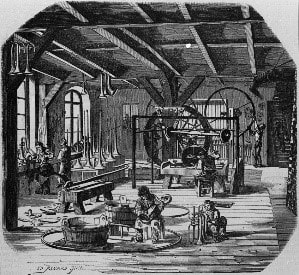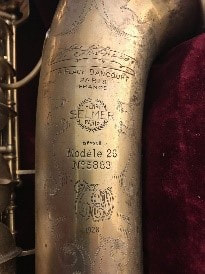History of the Saxophone
19th Century
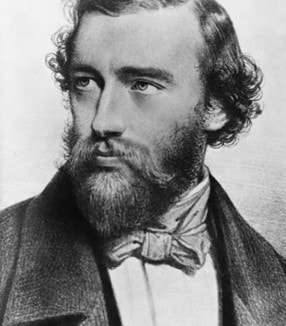
Antione-Joseph (Adolphe) Sax, a Belgian-born luthier and musician of some distinction just fifty years after Mozart's death, invented the Saxophone. The patent for the Saxophone is shown in the registers for March 1846. However, the woodwind instrument was a project Sax began many years before while working in his father's musical instrument shop. His father, Charles Sax, was an instrument maker who taught his son and allowed him to experiment with his own designs.
In his youth, Adolphe was a student of Flute and Clarinet at Brussel's Conservatory of Music and became an expert instrument maker and talented musician. He made several improvements to the bass clarinet including: -
In his youth, Adolphe was a student of Flute and Clarinet at Brussel's Conservatory of Music and became an expert instrument maker and talented musician. He made several improvements to the bass clarinet including: -
- Improving its key work and acoustics
- Extending its lower range
|
He also had a solid history of improving instruments and a reputation as a master workman. He produced some of the finest specimens of flutes, clarinets, and the then-popular ophicleide.
His observation of the balance of brass and woodwind instruments in musical composition and performance at the time made him aware of the tonal disparity between strings and wind and brasses and woodwinds. He noticed that the brasses were overpowering the woodwinds, and the winds were overpowering the strings. This led him to believe there was a missing range that a hybrid woodwind and brass instrument might be able to fill. He began developing the Saxophone with the following objectives: -
|
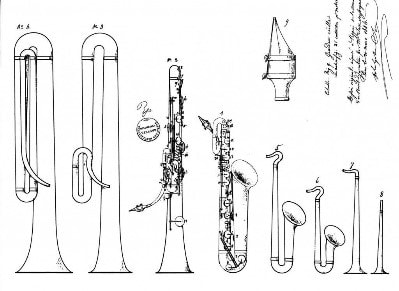
Sax's experimentation with the bass clarinet led him to a design that married the mouthpiece of the woodwinds with the body of brass instruments. He showed this new instrument to the composer Hector Berlioz in 1841. Berlioz was amazed at its versatility and unique tone and what this could mean for the future of composed music.
Sax's saxophone family concept was more expansive than just one instrument.
Sax's saxophone family concept was more expansive than just one instrument.
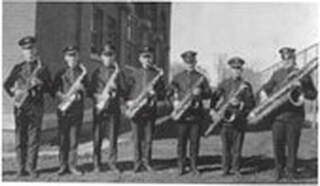
His June 28th 1846 patent (lasting 15 years) described 14 different versions of the saxophone (two groups of seven instruments each). The series pitched in B♭ and E♭, designed for military bands, and the series pitched in C and F. Each series consisted of instruments of various sizes in alternating transposition.
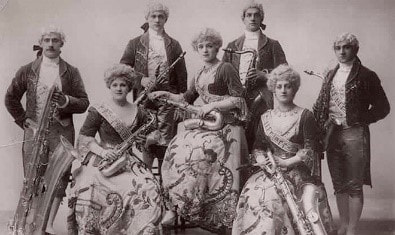
Those pitched in B♭ and E♭have proved extremely popular, and most Saxophones encountered today are from this series. A few Saxophones remain from the series pitched in C and F, designed for orchestral music. However, they were less popular and never gained a foothold in the orchestral world. However, the C-melody was quite popular as a parlour instrument in the late '20s and early 30s. It never gained a legitimate standing. Instruments keyed in F are rare.
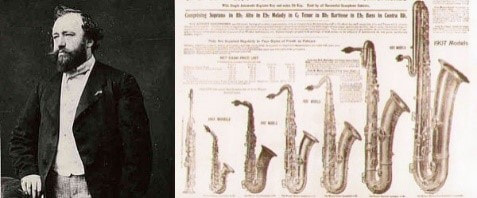
Saxophones differed in size and pitch and ranged from F Contrabass to E♭ Sopranino. In between were E♭ Contrabass, C Bass, B♭ Bass, E♭ Baritone, C Tenor, B♭ Tenor, F Alto, E♭ Alto, C Soprano and B♭ Soprano, F Sopranino.
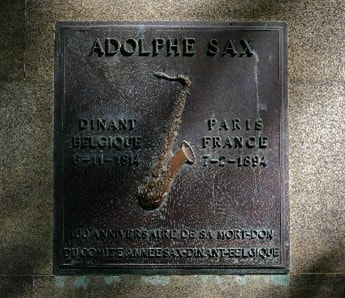
Adolphe Sax moved to Paris in 1842 to promote his new instrument. The 1844 Paris Industrial Exhibition was a vital platform allowing him to show off the instrument's features. That same year saw Hector Berlioz's Chant Sacre choral work debut, which featured the Saxophone prominently.
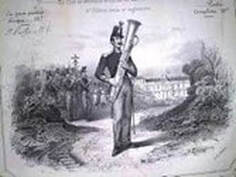
In 1845, Adolphe convinced the French military to replace the traditional french horns and bassoons used by military bands with E♭ and B♭ Saxophones. This was the year of the famous "battle of the bands". The French Army band was still using "traditional" instrumentation. Sax saw this as an opportunity to show the world how the Saxophone could improve the tonal quality in all bands. He suggested a contest between an army band composed of the original orchestral instrumentation against a band that included Saxophones. Compared to the French Army band of thirty-five, Sax's band of twenty-eight men overwhelmed the crowd. That day, the Saxophone was officially introduced into the French Army Band and soon to all other bands.
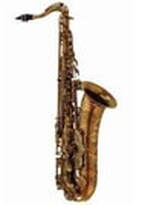
In 1866, Sax's original patent expired, and other instrument makers began tinkering with the design and keywork and issuing versions of their own. The first substantial modification was by a French manufacturer who extended the bell slightly and added an extra key to extend the range downwards by one semitone to B♭. This extension was adopted into almost all modern designs. One major issue with Sax's design was the arrangement and function of the keywork.

His design called for using a Treibert oboe arrangement for the left hand and a Boehm clarinet setup for the right, which made chromatic playing rather difficult. The next few decades saw great experimentation in adding new keys and creating alternate fingerings. Adolphe renewed his original patent in 1881 with several advancements, including a longer bell length and an extended range provided by a fourth-octave key.
